Trump set to accept luxury ‘flying palace’ gift plane from Qatar
- Update Time : Tuesday, May 13, 2025
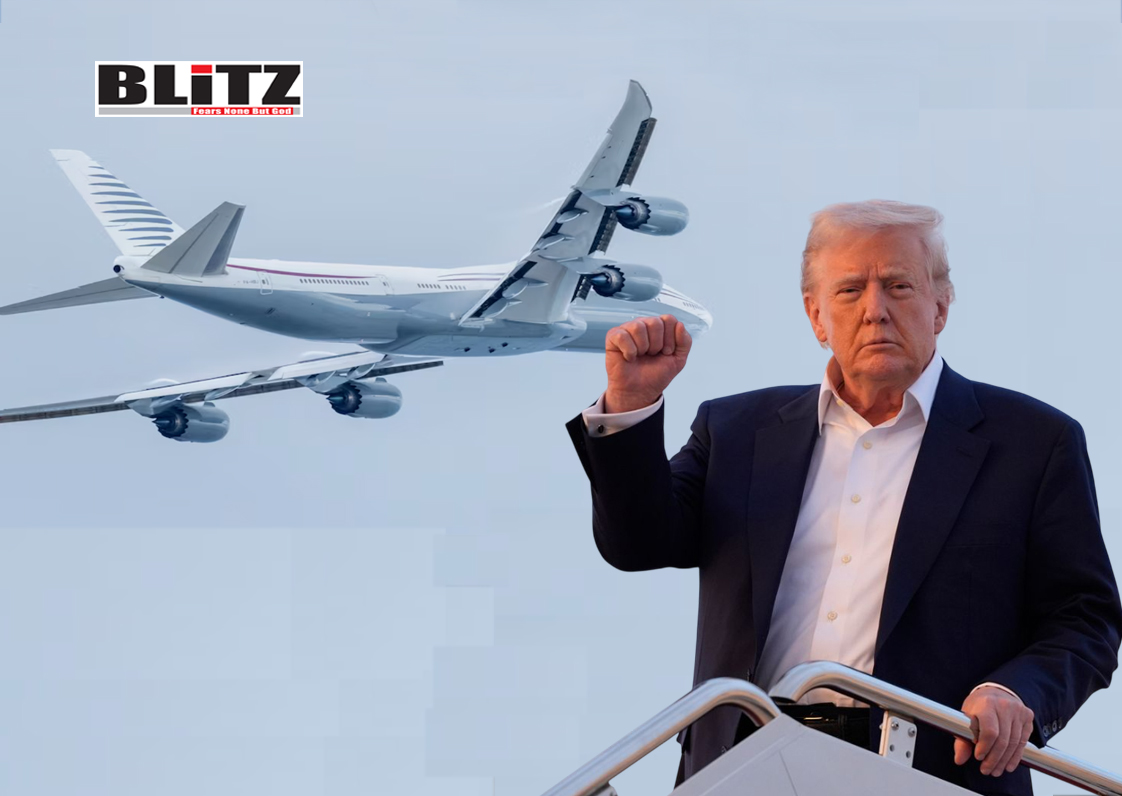
In an unprecedented move that has already stirred debate across Washington and beyond, multiple American media outlets reported on May 11 that US President Donald Trump is poised to accept a lavish Boeing 747-8 aircraft from the Qatari royal family. The aircraft, which has been dubbed the “flying palace,” is expected to eventually be retrofitted into the new Air Force One, marking a historic and controversial shift in presidential aviation.
According to sources cited by ABC News, the official announcement of the gift could come as early as next week. With a commercial Boeing 747-8 costing around $400 million, this will likely become the most valuable gift ever presented to the United States by a foreign government.
The decision is the culmination of months of speculation. Trump personally toured a luxurious Boeing 747-8 – reportedly once owned by the Qatari royals – back in February at Palm Beach International Airport in Florida. At the time, his enthusiasm for the aircraft was apparent, and rumors about potential plans began to swirl.
Given the United States Constitution’s explicit prohibition against government officials accepting gifts from foreign powers – known as the Emoluments Clause – the potential acceptance of the aircraft demanded careful legal review. According to reports, White House counsel and the Department of Justice extensively examined the situation.
Attorney General Pam Bondi and Trump’s top White House lawyer, David Warrington, concluded that the transfer would be legally permissible under specific conditions. Chief among them: the aircraft must eventually be donated to Trump’s presidential library before he leaves office. This approach was reportedly designed to sidestep the appearance of personal enrichment and ensure compliance with federal ethics laws.
Although legally cleared, the optics of such a deal are certain to ignite political controversy. Critics are likely to argue that accepting such a grandiose gift, even if technically lawful, could be perceived as compromising or inappropriate given the power dynamics between Washington and Doha.
The decision to accept the Qataris’ 747-8 also comes amid growing frustration over the state of the presidential air fleet. The current Air Force One planes – two heavily modified Boeing 747-200s – date back to the early 1990s. Over the years, they have been increasingly beset by technical issues, and the search for replacements has been underway for some time.
Boeing had been contracted to deliver two new Air Force One planes based on the 747-8 model, but the project has been plagued by significant delays and soaring costs. Initially expected to be delivered by 2024, the handover date has since slipped to 2027 or even later, according to industry sources.
Trump himself publicly criticized Boeing earlier this year for the repeated delays. After touring the Qatari 747-8, Trump hinted at an alternative path: “No, I’m not happy with Boeing. It takes them a long time to do, you know, Air Force One. We gave that contract out a long time ago,” Trump said. He added that he might ultimately “buy a plane or get a plane, or something” if necessary.
Accepting the Qatari plane provides a seemingly expedient solution to the immediate need for an upgraded Air Force One – albeit one wrapped in complex political and legal considerations.
While the aircraft itself is opulent, transforming it into a functioning Air Force One will require substantial work. The jet will undergo rigorous security checks for any hidden surveillance equipment, given its former ownership by a foreign royal family.
Following the security clearances, Texas-based defense contractor L3Harris is expected to retrofit the aircraft. The modifications will include installation of military-grade communication systems, advanced defense countermeasures, medical facilities, and secure command and control capabilities, among other features. The retrofitting process is likely to take months, meaning the aircraft might only be operational shortly before the end of Trump’s current presidential term.
The term “flying palace” is no exaggeration when describing the aircraft’s existing condition. The Qataris’ modifications reportedly included gold-plated fixtures, luxury suites, private offices, a dining room, and even a conference hall. While many of these amenities might be stripped out or replaced with more functional installations, the underlying airframe’s superior quality offers a substantial advantage for conversion to a presidential aircraft.
The political and diplomatic implications of this move could be profound. Qatar and the US have had a complex relationship over the years, marked by military cooperation and occasional tensions, particularly around issues involving Iran and regional alliances. Doha’s decision to offer such a valuable gift could be seen as an effort to solidify relations with Washington, particularly under an administration that values transactional diplomacy.
Nevertheless, the acceptance of the plane could provoke criticism from Trump’s political opponents, who might argue that it sets a dangerous precedent for how the US engages with foreign gifts, particularly from wealthy, strategically positioned nations.
The optics of a US president accepting a multimillion-dollar “gift” – even for national use – from a royal family at a time of global economic uncertainty will no doubt feature prominently in future political debates.
The incoming “flying palace” symbolizes more than just an aircraft upgrade – it represents a convergence of necessity, diplomacy, personal preference, and legal maneuvering. As with many actions taken during Trump’s presidency, the decision is bold, controversial, and likely to remain a point of discussion long after the plane has taken flight.
Whether the refurbished aircraft eventually soars as the official Air Force One or becomes a prized exhibit at Trump’s future presidential library, one thing is certain: the story of how the United States came to possess a $400 million royal jet will be a remarkable chapter in the annals of American political history.


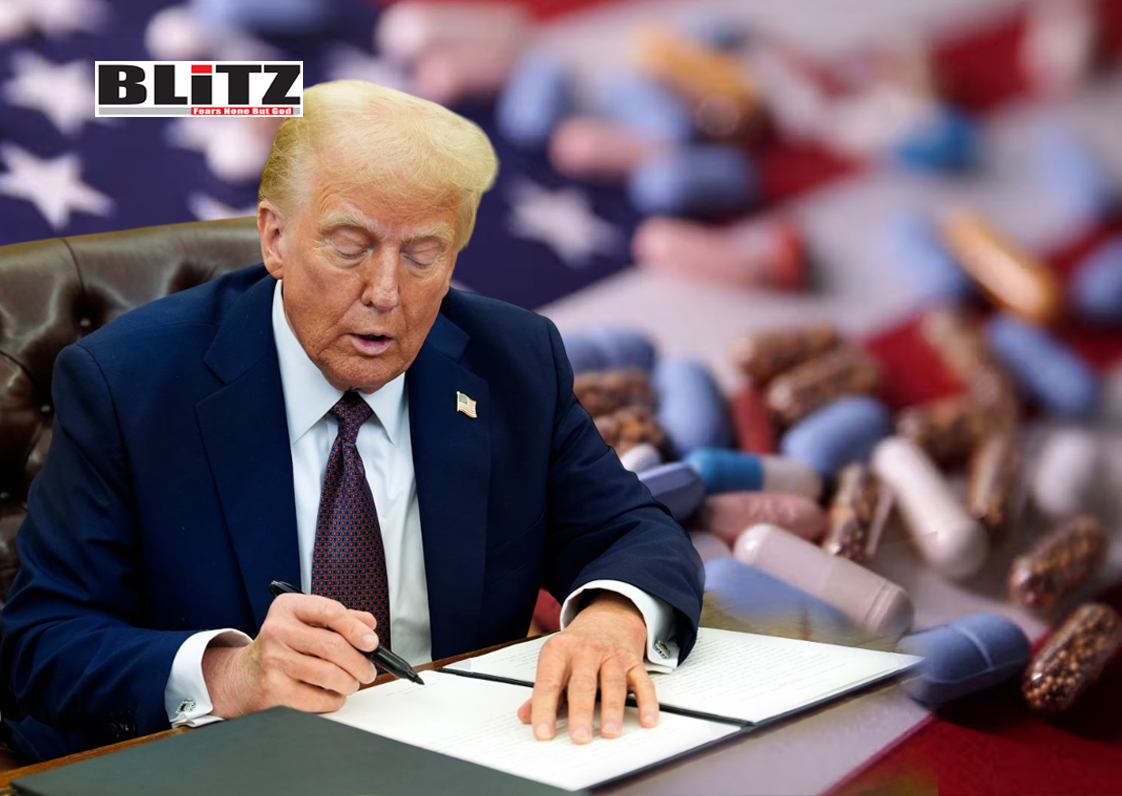
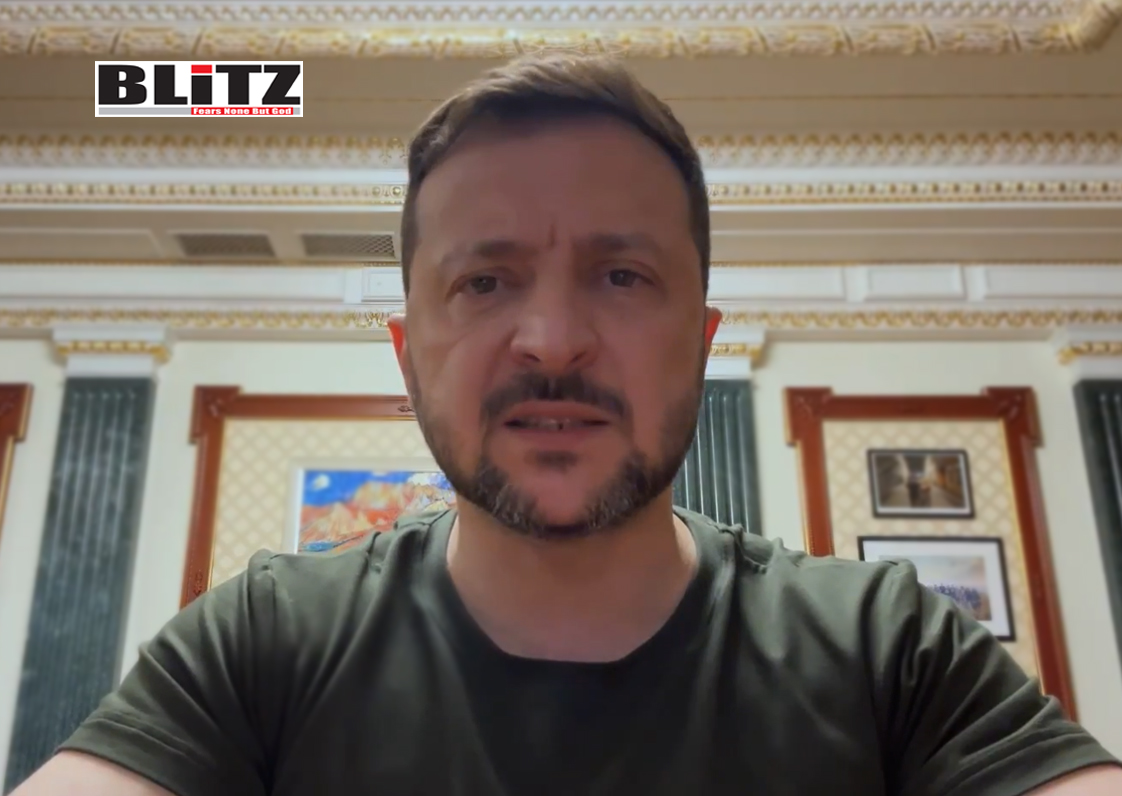
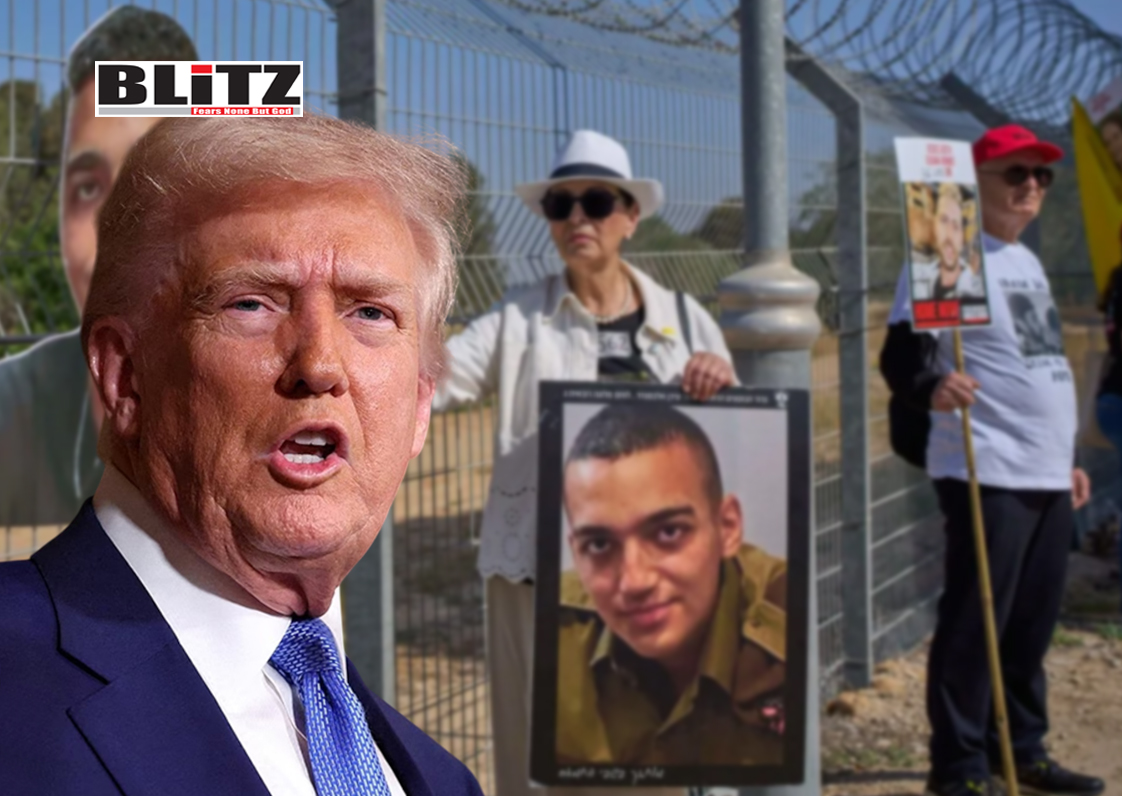

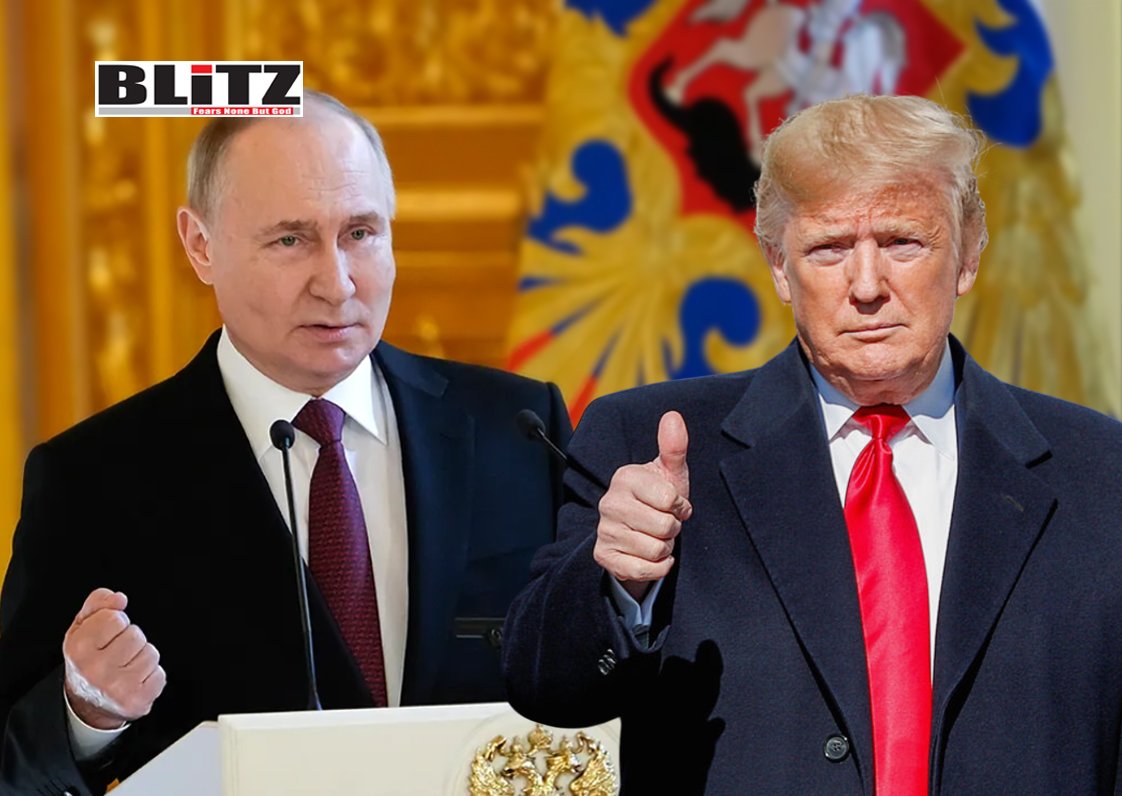
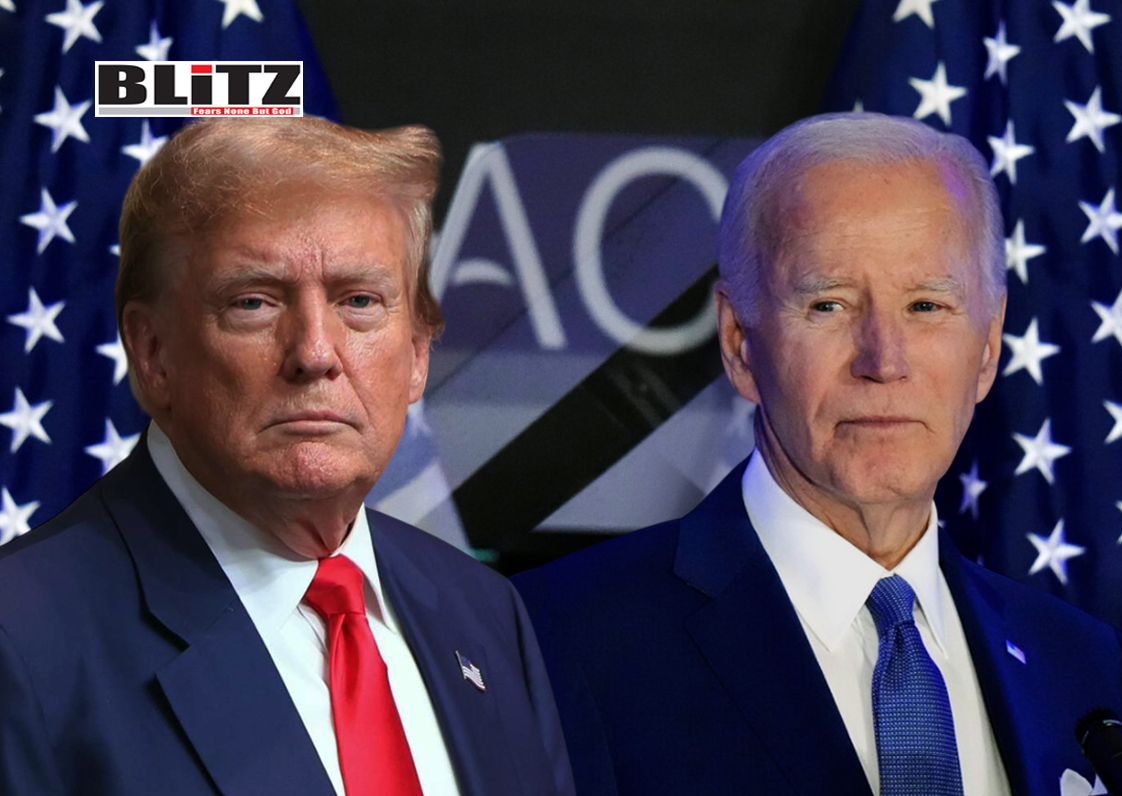
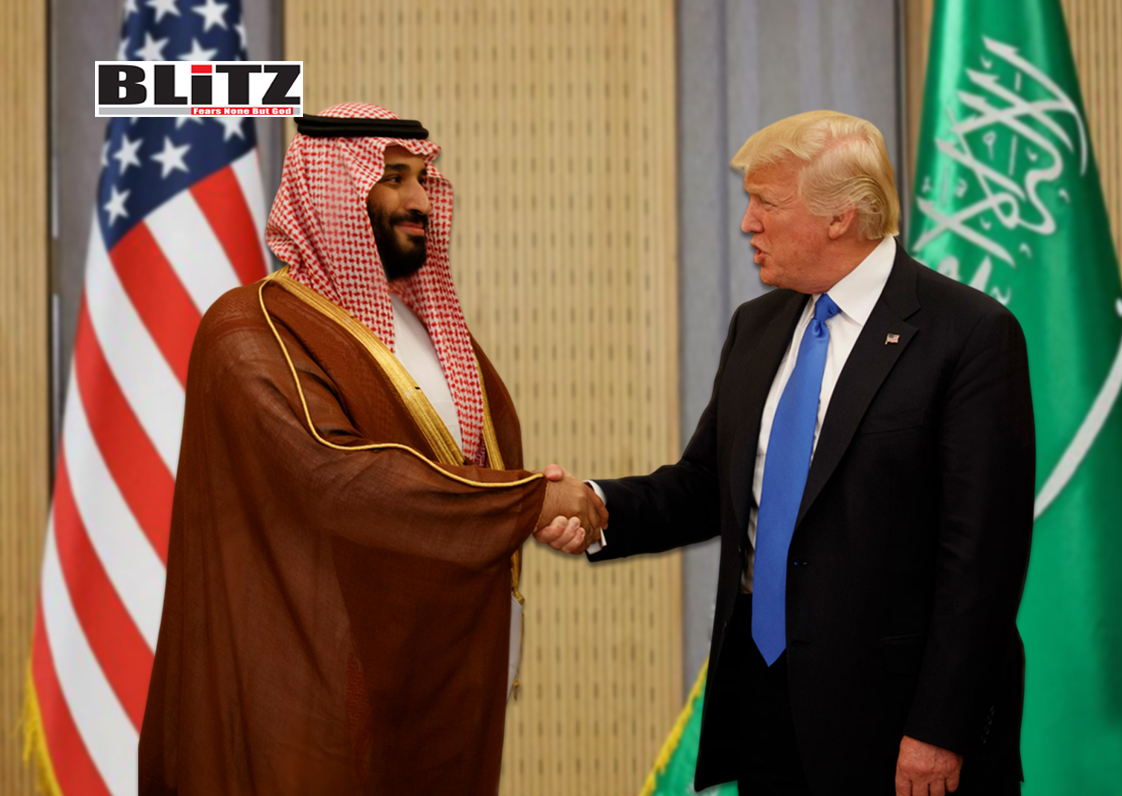

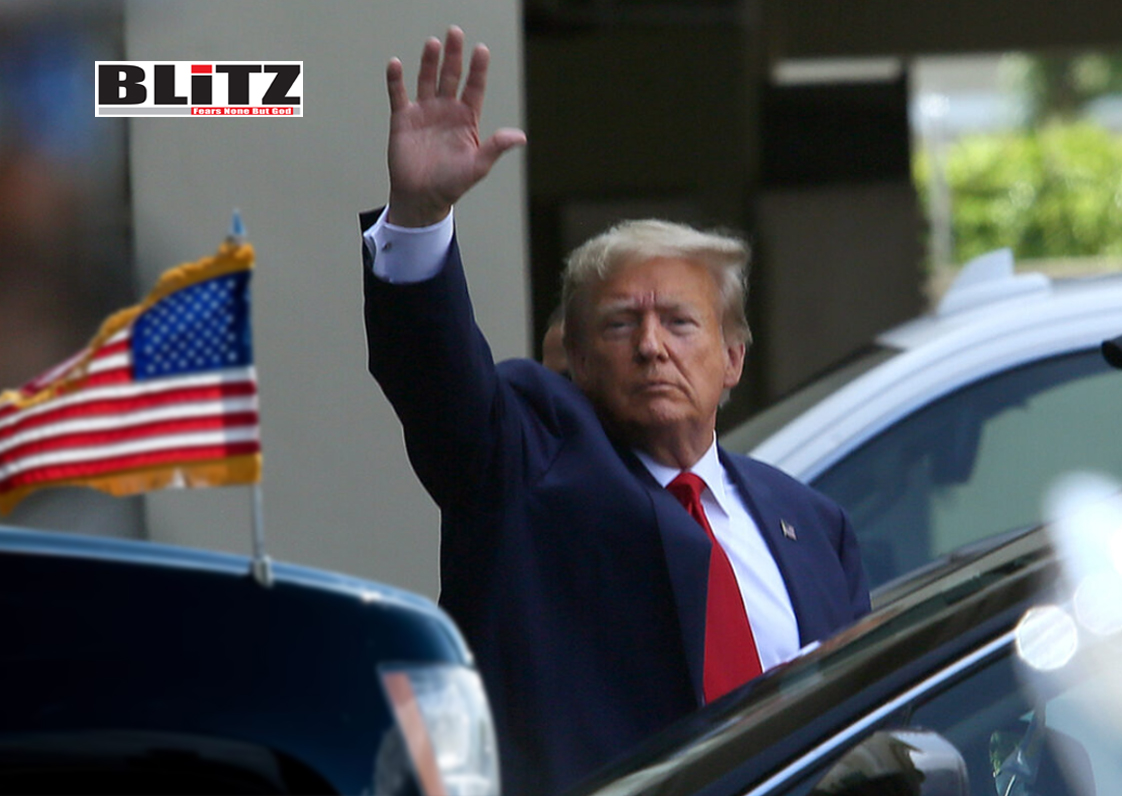
Leave a Reply